Competitive Cyclist Sale 50% Off
“‘Japanese Steel” Classic Bicycle Design From Japan Book Review
“Japanese Steel: Classic Bicycle Design From Japan”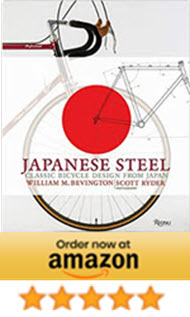 explores the golden age of Japanese bicycle design from the 1950s to the 1980s. This period marked a significant shift in cycling history, with Japanese manufacturers rising to prominence in the bicycle industry. The book delves into the world of vintage bicycles and classic bike frames, showcasing the evolution of bicycle frame geometry and construction techniques.
explores the golden age of Japanese bicycle design from the 1950s to the 1980s. This period marked a significant shift in cycling history, with Japanese manufacturers rising to prominence in the bicycle industry. The book delves into the world of vintage bicycles and classic bike frames, showcasing the evolution of bicycle frame geometry and construction techniques.
The book highlights how Japanese bicycle design influenced both competitive and recreational cycling globally. Consequently, it showcases the unique blend of bicycle engineering and aesthetics that made Japanese bicycles highly sought after by cycling enthusiasts and bicycle collectors alike.

Book Overview:
The book primarily focuses on the three decades between the 1950s and 1980s, a time when Japanese bicycle design flourished. As a result, readers get a comprehensive look at the bicycle design evolution of these iconic machines, including advancements in bicycle frame materials and bicycle technology.
Various types of bicycles are featured, including racing bikes, custom bike frames, and other notable designs. Therefore, the book caters to a wide range of interests, from cycling performance to bicycle frame customization.
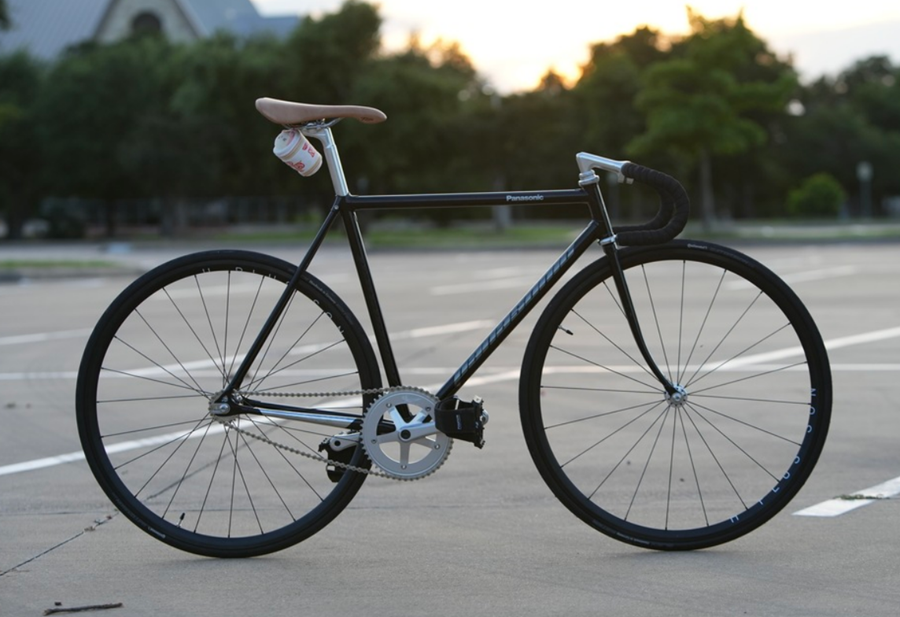
Major bicycle brands like Fuji, Panasonic, and Bridgestone are discussed alongside lesser-known artisanal bike builders such as 3-Rensho and Nagasawa. Thus, the book provides a balanced view of the industry, from large-scale bicycle manufacturing to handcrafted bicycles.
Visual Elements
The photography in “Japanese Steel” is generally of high quality, showcasing the bicycles in detail, including bicycle frame details and bicycle paint schemes. However, some readers might find the low depth of field in certain shots reduces their artistic impact.
Illustrations and technical diagrams complement the photographs, offering additional context to the designs, including bicycle tubing and lugged frames. Nevertheless, some readers may desire more extensive information on bicycle brazing and bicycle welding techniques.
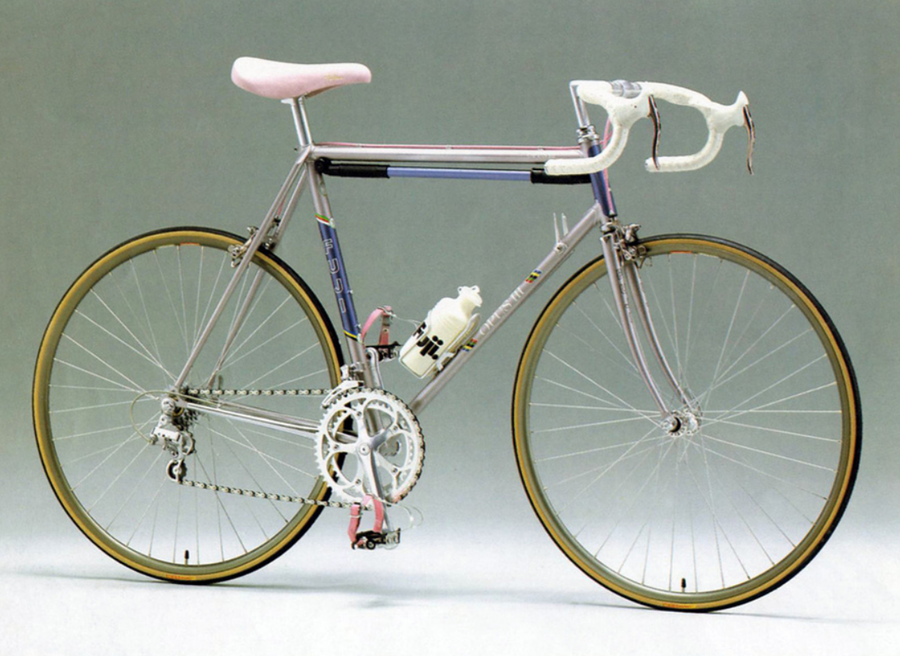
The book presents fully restored bicycles, allowing readers to appreciate the bicycle craftsmanship and bicycle finish quality in its original glory. Consequently, this approach helps readers understand the enduring appeal of these classic designs and the importance of bicycle frame restoration and preservation.
Content Analysis
The historical context provided helps readers understand the factors that contributed to the rise of Japanese bicycle design. As a result, the book offers more than just a visual showcase, delving into the cycling heritage and bicycle frame history.
SEE AND BE SEEN: SAVE 5% TO 20% NOW ON THESE HIGH RATED LIGHTS!
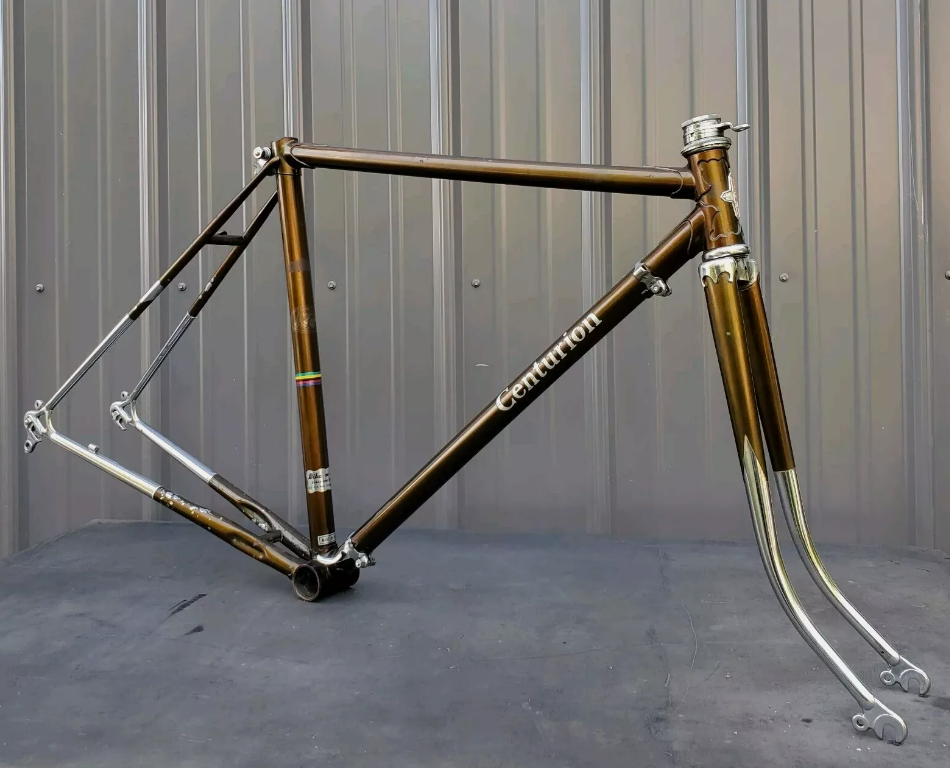
Technical details and specifications are included, though some readers might find them insufficient for a thorough bicycle frame analysis. Therefore, those seeking in-depth technical information on bicycle components and frame joints may need to supplement this book with other resources.
The author includes stories and anecdotes about designers and bicycle frame builders, adding a personal touch to the narrative. However, some readers might find these personal anecdotes less engaging than the technical content on bicycle frame engineering and construction.
Unique Aspects of Japanese Bicycle Design
The book emphasizes the artisanal craftsmanship that set Japanese bicycles apart. Consequently, readers gain insight into the meticulous attention to bicycle frame design elements that characterized these designs.
“Japanese Steel” illustrates how Japanese design philosophy influenced the global cycling industry. Therefore, readers can appreciate the far-reaching impact of these innovations on cycling culture and bicycle frame artistry.
Iconic bicycle models are highlighted, explaining their significance in the broader context of bicycle design features. The featured brands have a added timeline just under the heading. I found this very appealing and interesting. There are short excerpts under each date explaining what happened that particular year.
For example, the first date specifies when the company started, next when they first exported there bikes and what became of the company.
William Bevington, a celebrated expert in the field, noted, “The beauty of these bikes lies in their detail — each piece tells a story of innovation and precision, reflective of Japan’s rich heritage in steel craftsmanship.”
| Brand | Foundation Year | Key Features |
|---|---|---|
| Ravanello Bicycles | 1977 | Tange Steel, Sugino 75 NJS crankset, Nitto NJS handlebars |
| Nagasawa | N/A | Premium-grade steel, aesthetic craftsmanship |
| Bridgestone | N/A | High performance, durability |
Additional Features
The book covers the Keirin racing circuits, providing context for the development of certain bicycle designs used in cycling competitions. Thus, readers gain a more comprehensive understanding of Japanese cycling culture and its impact on bicycle frame sizing and geometry.
Competitive Cyclist Sale
Artifacts and ephemera are included, enriching the historical narrative of bicycle frame legacy. Consequently, these additions help bring the era to life for readers interested in bicycle frame appreciation.
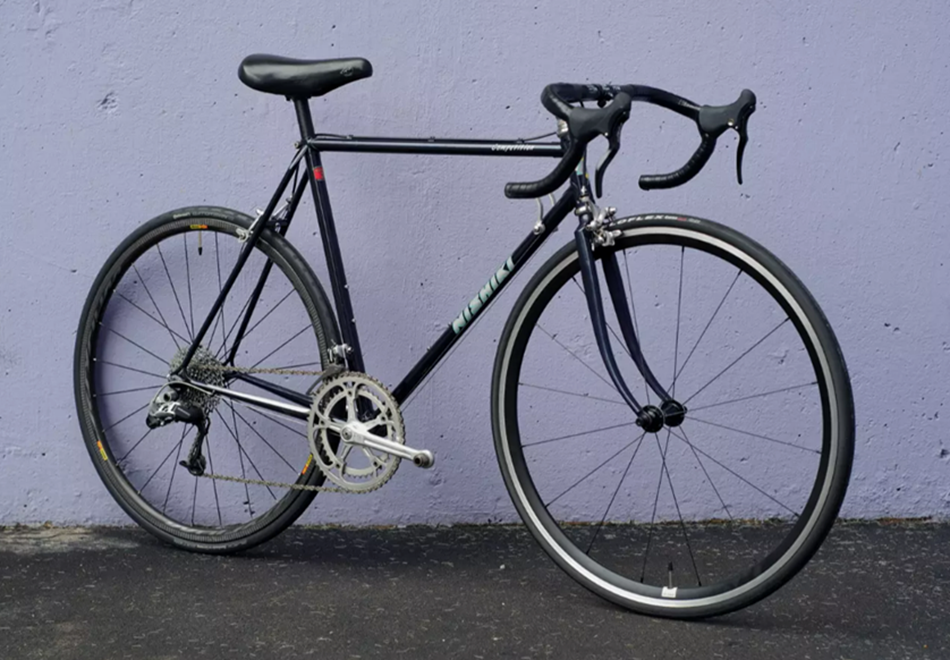
Technical manuals and supplementary materials offer additional depth to the content on bicycle frame finishes and construction. However, some readers might find the balance between these elements and the main narrative uneven.
Reader Experience
The book appears accessible to different levels of cycling enthusiasts, from casual fans to serious bicycle frame collectors. Therefore, it has the potential to appeal to a broad audience interested in cycling innovation and bicycle frame craftsmanship.
There seems to be a good balance between visual appeal and informative content, though some readers might prefer more technical depth on bicycle frame materials and construction techniques. Nevertheless, the book offers a comprehensive overview of Japanese bicycle design.
DON’T GET STRANDED: MINI BIKE PUMPS FOR AS LITTLE AS $9.99!
Given its unique focus and high-quality production, “Japanese Steel” could serve as both a collector’s item and a reference book for bicycle frame comparison and evaluation. Consequently, it may hold long-term value for cycling enthusiasts and those interested in bicycle frame review.
Critical Reception
Customer reviews generally praise the book’s visual quality and informative content on steel frame bicycles. However, opinions on the depth of technical information vary.
Readers consistently appreciate the book’s photography and printing quality, which deliver clear and detailed images of bicycle frame designs. As a result, the visual aspect of “Japanese Steel” is a significant selling point.
In the early 1970s, Japanese bikes became known for top quality. They changed the game for both serious and fun cycling worldwide. Innovations like Sugino Maxy cranks and SunTour VGT derailleur made them stand out10.
Some readers note that the book could benefit from more in-depth technical information and a different approach to depicting time sequences in bicycle frame evolution. Therefore, potential buyers should consider their specific interests when deciding to purchase.
| Period | Innovation | Impact |
|---|---|---|
| Early 1970s | Introduction of finely finished products | Greater competitive edge in the U.S. market10 |
| Mid-1980s | Features like cantilever brakes introduced | Enhanced function for touring bikes, mirroring consumer trends10 |
| Late 1980s | Shift towards mountain bike production | Responded to evolving market demands10 |
Conclusion
Overall, “Japanese Steel” offers a valuable look into classic Japanese bicycle design, balancing visual appeal with historical context of bicycle frame innovation. However, readers seeking highly technical content on bicycle frame engineering might find it somewhat lacking.
Despite some few limitations, “Japanese Steel” makes a noteworthy contribution to bicycle literature by focusing on an important but often overlooked aspect of cycling history and bicycle frame artistry. Therefore, it fills a unique niche in the world of cycling books and bicycle frame appreciation and in our opinion, belongs in every cycling enthusiast’s collection.
FAQ
What makes Japanese steel bicycles so special?
Japanese steel bicycles are known for their high-quality steel and craftsmanship. They remind us of a time when durability and beauty were key. The steel used in these bikes is strong and lasts a long time.
Can you tell me more about the history of Japanese cycling covered in “Japanese Steel”?
“Japanese Steel” explores Japan’s cycling history from the 1950s to the 1980s. This was a golden age for Japanese bike making. The book shows how Japan became famous for its bikes worldwide.
What is ‘Un-racing,’ and how is it connected to Japanese bicycles?
Un-racing is a philosophy by Grant Petersen of Rivendell Bicycle Works. It values comfort and function over speed. Japanese bikes fit this philosophy well, focusing on lasting quality and joy over racing.
What are the key design elements of Japanese bicycles discussed in the book?
“Japanese Steel” talks about lugged steel frames, custom decals, and craftsmanship. These features make the bikes reliable and sought after by collectors.
Are there any detailed narratives or personal stories included in “Japanese Steel”?
Yes, the book is full of stories that make Japanese bike history come alive. These stories add depth and emotion to the bikes’ technical aspects.
Is “Japanese Steel” just for avid cyclists or can non-cyclists enjoy it too?
“Japanese Steel” is great for cyclists and collectors, but it’s also interesting for non-cyclists. It’s about design, craftsmanship, and Japanese culture, making it a compelling read.
What distinguishes ‘traditional Japanese steel’ from other types of steel in bicycles?
Traditional Japanese steel is made with care and passed-down techniques. It’s strong yet flexible, perfect for bike frames. This is different from modern steels that focus on cost and mass production.
 |
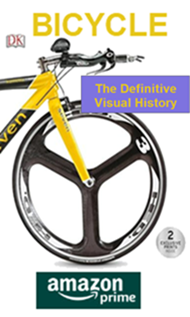
|
We earn from qualified Amazon purchases with NO cost to you. ANY item that you need or were going to purchased anyway through any of our links, helps support this site. Thank you for your support!

